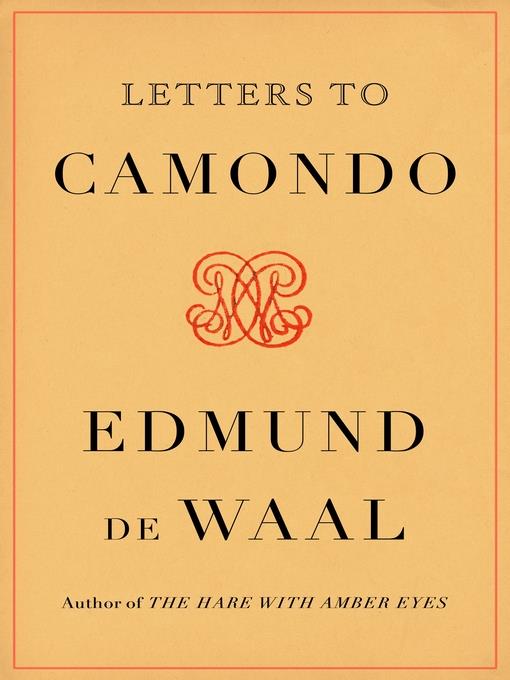
Letters to Camondo
- اطلاعات
- نقد و بررسی
- دیدگاه کاربران
نقد و بررسی

April 15, 2021
Beautifully rendered recollections of a distant world. In 50 imaginary letters to Comte Mo�se de Camondo (1860-1935), a famed art collector and cultural benefactor, de Waal reflects on the meaning--to Camondo, to France, and to Jewish history--of the Mus�e Nissim de Camondo, which Camondo established in memory of his son, who died fighting for France in World War I. The author is related to the Camondo family "in complicated ways." As he notes, "I can draw a family tree, possibly, but it would be a spider's web" of intermarriages, with "whole branches" linking the Camondos and his own Ephrussi family, portrayed in his earlier book, The Hare With Amber Eyes. Arriving in France in 1869, both families lived near one another in a Parisian neighborhood that Jews saw as "secular, republican, tolerant, civilized"; where they felt insulated from pervasive anti-Semitism; and where they engaged in efforts "to align French and Jewish culture." Camondo built an opulent mansion and staffed it with a coterie of servants to care for his leather-bound books, curated wine cellar, gilded 18th-century French furniture, and S�vres porcelain. De Waal lovingly evokes the luxuriant textures and glinting surfaces of a rarefied ambience of "talk and food and porcelain and politesse and civilit�"; where Camondo, born in Constantinople, strived for acceptance as a Frenchman. Yet despite his considerable philanthropy and his son's sacrifice, Camondo could not escape the culture's disdain of Jews as arrivistes, "social climbers, vulgarians, upstarts, status seekers, mimics. As Jews aspiring to the veneer and polish of the gratin and failing to disguise their origins." He died before knowing how easily Vichy France complied with Nazi occupiers to rid France of Jews. More than chronicling the family's splendor and tragic end, de Waal has created a deeply hued tapestry of a lost time and a poetic meditation on grief, memory, and the fragile consolation of art. The book is beautifully illustrated with color images from the museum and family photographs. A radiant family history.
COPYRIGHT(2021) Kirkus Reviews, ALL RIGHTS RESERVED.




دیدگاه کاربران